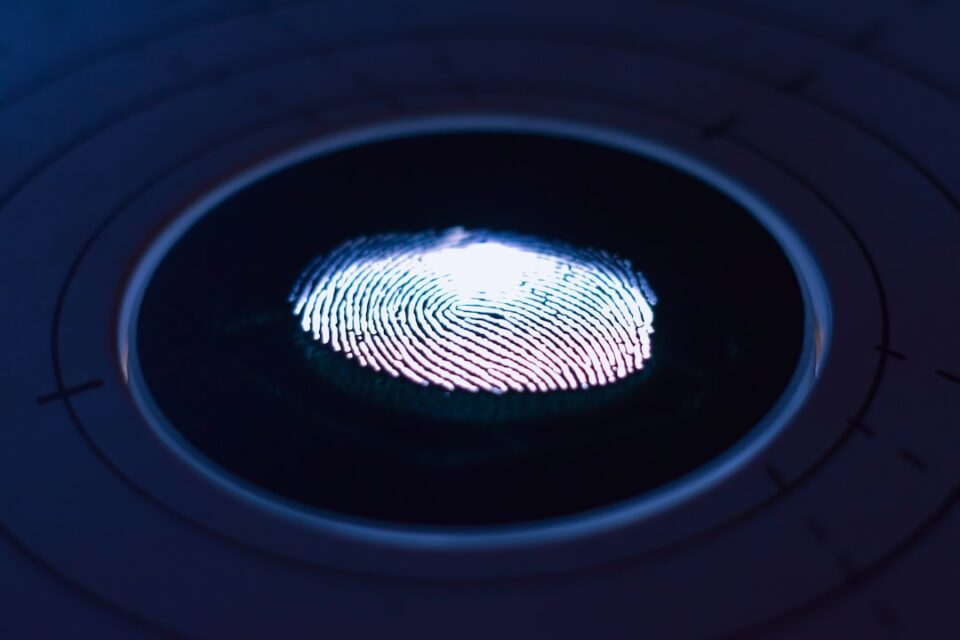As pet owners, many of us have experienced some degree of aggression in our furry friends at one point or another. Whether it’s biting, growling, or snapping, pet aggression can be a scary and frustrating behavior to deal with. It’s important to remember that every pet is an individual and the causes and solutions for aggression can vary. Here are some signs and solutions for dealing with pet aggression.
Signs of Aggression in Pets
One of the most common signs of aggression in pets is growling, snapping and biting. This can be triggered by various situations, ranging from being approached too quickly, being teased, experiencing trauma, or being put in situations that cause fear or anxiety. Another sign is excessive barking, which is often a form of territorial aggression.
Physical signs of aggression can include tensed muscles, raised fur, showing teeth, and pinned-back ears, as well as an overall unhappy and anxious demeanor. Excessive licking or chewing can also be a sign of aggression, or a sign that a pet is experiencing emotional turmoil.
Solutions for Pet Aggression
The first step in dealing with pet aggression is recognizing the signs and seeking professional help. Many pet aggression problems can be addressed through behavior modification, which involves training exercises to change a pet’s negative behavior patterns.
One common solution is socialization, which is the process of exposing pets to different people, animals, and environments in a controlled, safe way. This helps them build confidence and reduces fear and anxiety, which in turn can lead to a reduction in aggression.
Training exercises can also involve positive reinforcement, whereby desired behaviors are rewarded with treats, praise, or affection. This approach helps a pet learn that behaving in a certain way leads to positive outcomes, and can result in significant improvements in their behavior.
Another option is the use of behavioral medication, which can help reduce anxiety and aggression in pets that are unable to tolerate behavior modification alone. These medications are prescribed by a veterinarian and work to modify the neurotransmitters in a pet’s brain, resulting in reduced aggression.
Finally, if all else fails, it may be necessary to consider rehoming a pet. This can be a difficult decision to make, but it is important to put the safety of both humans and pets first. Rehoming should always be done with the help of a reputable animal rescue or shelter, to ensure a pet is placed in a loving and safe environment.
Conclusion
Pet aggression is a complicated and often frustrating issue. However, with the right approach, it can be addressed and managed. The most important step is to recognize the signs and seek professional help. With the help of behavior modification, socialization, positive reinforcement, and medication, many pets can learn to overcome their aggressive tendencies and become happy, healthy members of a loving family.


